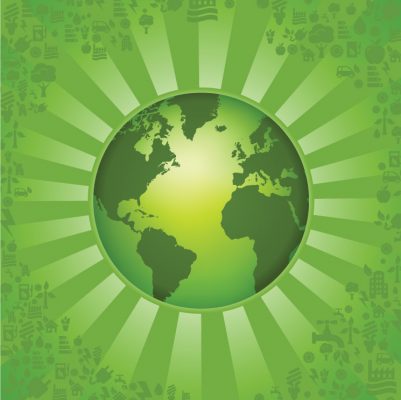Saving the Planet? There’s an app for that.
Jun 30, 2012
Beedie researchers help companies develop eco-apps
At the popular seafood restaurant Coast, just a few blocks from SFU’s Segal Graduate School campus in downtown Vancouver, the lunch crowd is filing in. Diners line the big circular bar, working away at outsized platters of Atlantic lobster, Alaskan crab legs, sashimi and oysters. But for environmentally conscious consumers, the savory scene presents a thorny dilemma: How do you know today’s catch won’t be tomorrow’s endangered species?
“Most people would like to know that they’re not eating the last bluefin tuna in the world,” says Beedie marketing professor Leyland Pitt, co-author of a pioneering recent study with profound eco-implications.
Enter the smartphone. At Coast, diners with Vancouver Aquarium’s Ocean Wise mobile app can instantly access a database listing sustainable species, as well as nearby restaurants that serve them and user recommendations. Coast – and all its fare – proves comfortingly ocean-friendly.
“Smartphones have certain unique characteristics that other devices have never had,” says Pitt, a South African transplant whose research focuses on the interface of marketing with technology. With an international team that included Beedie information systems professor Michael Parent and co-authors Iris A. Junglas, Anthony Chan and Stavroula Spyropoulou, he set about exploring exactly how companies can tap these characteristics to usher in a new era of green commerce using apps just like Ocean Wise.
“Commerce was originally just about trading at places,” Pitt says. The Internet and e-commerce freed buyers and sellers to connect across space and time. Now, the iPhone and similar devices – equipped with GPS functionality, near-universal accessibility and unprecedented processing power – have inaugurated the brave new world of u-commerce. “U-commerce is all about ubiquitous networks,” Pitt says, “that are everywhere and always on.”
Smartphone-enabled u-commerce is both highly personalized and location-sensitive, and the best new apps fundamentally transform the buying experience. The popular shopkick, for example, available for both Apple’s iPhone and Google’s Android, pings consumers when they approach participating stores, presenting a unique SMS discount offer based on past purchases, gender and age. “Our focus was to take this idea of u-commerce and outline how a company with a green agenda could pursue its own app,” Pitt says.
Funded by a grant from the Society for Information Management’s Advanced Practices Council – a consortium of CIOs from some of North America’s most respected companies – the team developed a standardized protocol that any organization, from a bank to a bicycle repair shop, can apply to generate a green app. Companies study the tenets of u-commerce, analyze other successful apps and then identify a point in their customer cycle – from when consumers decide what to buy to how they learn about recycling retired products – that could be expedited with a new mobile app.
For Pitt, green app development is a classic example of pursuing multiple bottom lines. “Anytime a business can get customers to do the work it used to do, using their own equipment, there are enormous savings,” he says. “For the customer, using an app is often easier and quicker than the alternative. And then, of course, if the app is genuinely good for the environment, everybody wins.”

